The fast-food industry is all about tasty food at low prices with cheerful customer service — all delivered fast. But with labor shortages and supply chain issues still plaguing the economy, how can businesses compete and survive?
Fast-food restaurants across the globe are pondering ways to automate certain tasks or entire assembly lines to provide continuous service at low costs. They’re investigating new motion components, HMIs, and robotics for automated solutions to keep operations up and protect against future labor fluctuations.
Design World editors asked industry experts to weigh in on how robots, conveyors, linear actuators, and other motion components play a role in automated fast-food production. In general, companies are looking for flexibility, low-maintenance, and high-accuracy solutions that meet or exceed food-grade and food-service health requirements. Components need to promote efficiency without posing risks to employee and consumer health.
Plus, kiosk-type food service vendors are inspiring more fast-food restaurants to optimize end-to-end workflows for automation.
As robotics and motion components advance, here’s what the experts have to say about the state of automation in fast food and where it’s headed.
Meet the experts
James Gallant | Director of operations • ISL Products International Ltd.
Chris Gottlieb | Director — Drives and controls • Kollmorgen
Todd Mooij | Applications engineering manager • BRECOflex CO. L.L.C.
Matt Mowry | Product manager — drylin linear bearings • igus Inc.
Andrew Jung | Director of engineering • Bishop-Wisecarver
Tom Ouellette | Regional manager • PBC Linear
Tom Schroeder | Executive V.P. • PBC Linear
Dave Walden | Applications engineer • PBC Linear
Jeff Maina | Senior applications engineer • PBC Linear
Andy Zaske | V.P. of sales and marketing • Tolomatic

Gottlieb: Automation is key for fast-food industries moving forward. Frontline workers are becoming scarcer, as any demographic report shows. Stepper and servomotors keep motion control in food service due to their repeatability and programmable flexibility — such as varied program times for waffle fries versus shoestring French fries, to give one example. There will be a new industry or channel to service these machines, and I could see OPC-UA being key to successfully unifying machine interoperability at these price points and service requirements.
Gallant: We’ve been involved in projects where delivery robotics are becoming a new facet of food delivery.
Mooij: We’re seeing increased interest in specialty timing belts that perform without compromises. One growing application market is for food-grade and washdown high-performance timing belts. We answered this need with our encapsulated blue BRECOprotect line. Another growth area is in the ultra-high-performance belt-driven linear drive systems. Our answer for these high-accuracy and robust drives is the innovative BRECOmove series. Innovation in tune with industry advances is key to helping customers meet their goals.
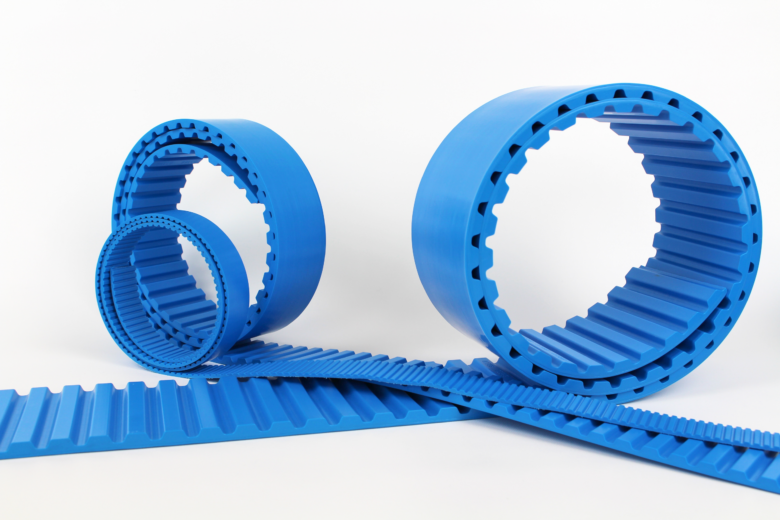
Mowry: We’ve worked with many fast-food customers to integrate our linear robots, drylin E linear actuators, and articulated arms to automate different aspects of commercial restaurants. Because our parts use tribo-optimized bearings, they operate clean and don’t require external lubrication or maintenance. They’ve been used in applications to dip fry baskets into oil and move soda cups around a dispensing system. We’re also accustomed to pick-and-place applications — anything from coffee cups in automated barista machines to gantries used in entirely automated kitchens.
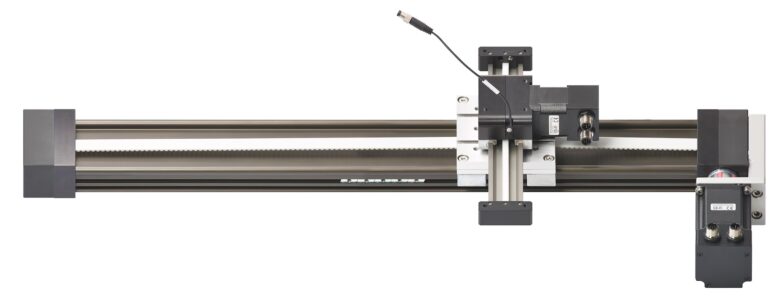
Jung: Our greaseless components are known for servicing harsh environments such as the debris-filled environments of the fast-food industry. In fact, we see increasing applications for robots in fast food — including hamburger handling — and we offer robot transfer units (RTUs) that let one robot move around the kitchen and perform multiple tasks.
Gottlieb: Conveyors are continually emphasized for food automation and motion control; I think in the future we’ll see more hygiene standards to ensure food safety and support food-recall prevention efforts. For food-related applications, Kollmorgen offers the hygienic AKMH servomotor, and we’re working on a new AKMA motor — a food-grade-painted servomotor to meet EHEDG-level requirements at a reasonable price.
Ouellette: Fast food to fast-casual restaurants are actively exploring automation to improve efficiency from order entry through fulfillment. Expanded use of online ordering and kiosks were the first steps, leading to continued automation through food preparation and delivery. Now, labor shortages and increased labor costs more than justify investments to develop and deploy custom automation designed for restaurant workflow. We’ve seen companies even rethink their legacy workflows to optimize for automation.
Schroeder: Wage inflation, increasing minimum wages, increasing health care costs, and worker shortages have made simple task automation more affordable when considering ROI. We’ve been discussing and prototyping with companies building linear motion systems to automate manual tasks such as deep-frying French fries, putting coffee grounds into expresso tampers, and even soft-drink filling at the drivethrough.
Walden: We’re supplying integrated rail/cam roller (IVT) solutions to facilitate linear guidance in fast-food automated food cooking systems currently being developed.
Maina: We’re currently offering SIMO Series linear actuators for cake decorating machinery and retail kiosks for the bakery section … especially for retail chain department stores that offer customer-driven personalized cake decorating. Fast-food restaurants are currently researching automated handling of deep-frying chicken strips and French fries. We provide corrosion-resistant V-Guide and SIMO Linear Actuators for these types of automated handling tasks.
Zaske: The tight labor market is forcing everyone to look at automation opportunities. We’re getting involved in automation inside restaurants and for stand-alone kiosks that prep food ingredients, move food through the cooking steps, and package or present food. There are lots of opportunities for our linear actuators in washdown areas, where stainless steel is required, and other non-washdown areas. Collaborative robots are also being used in some of these applications, and linear actuators move the robots around and extend their reach. This and the presentation of ingredients are growing applications for robots.
Read other articles in the Design World Trends series at designworldonline.com/trends.

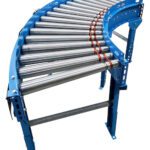
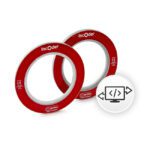
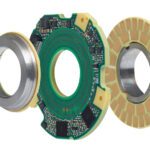
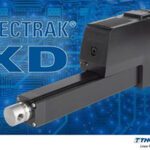
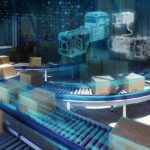

Leave a Reply
You must be logged in to post a comment.